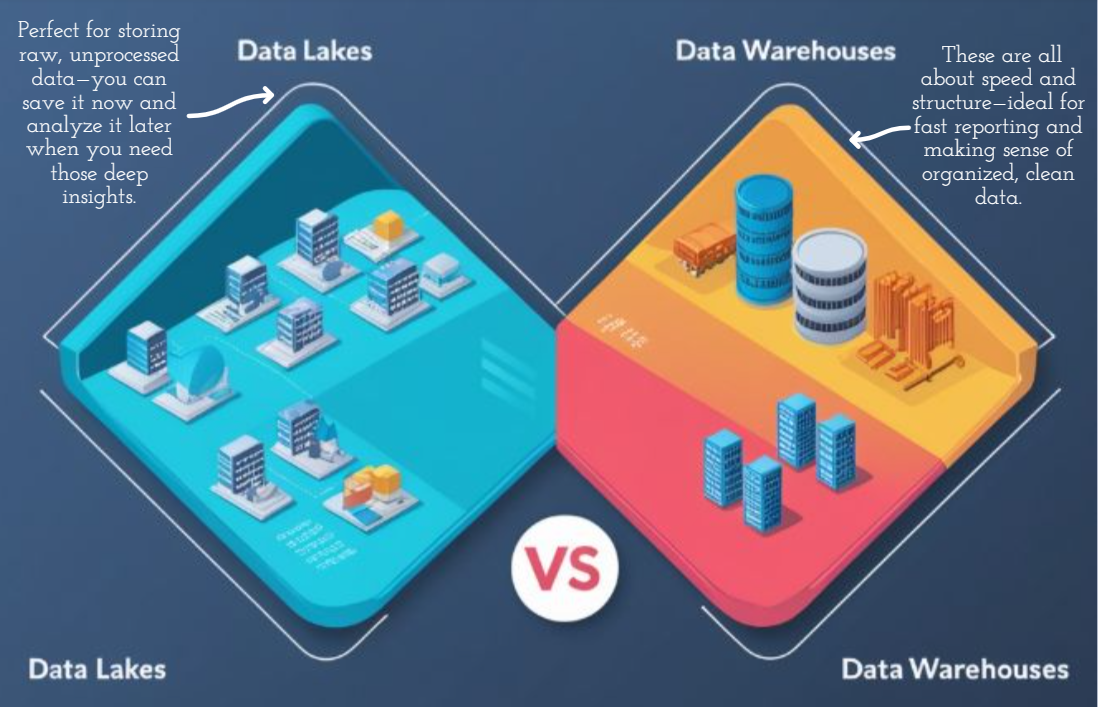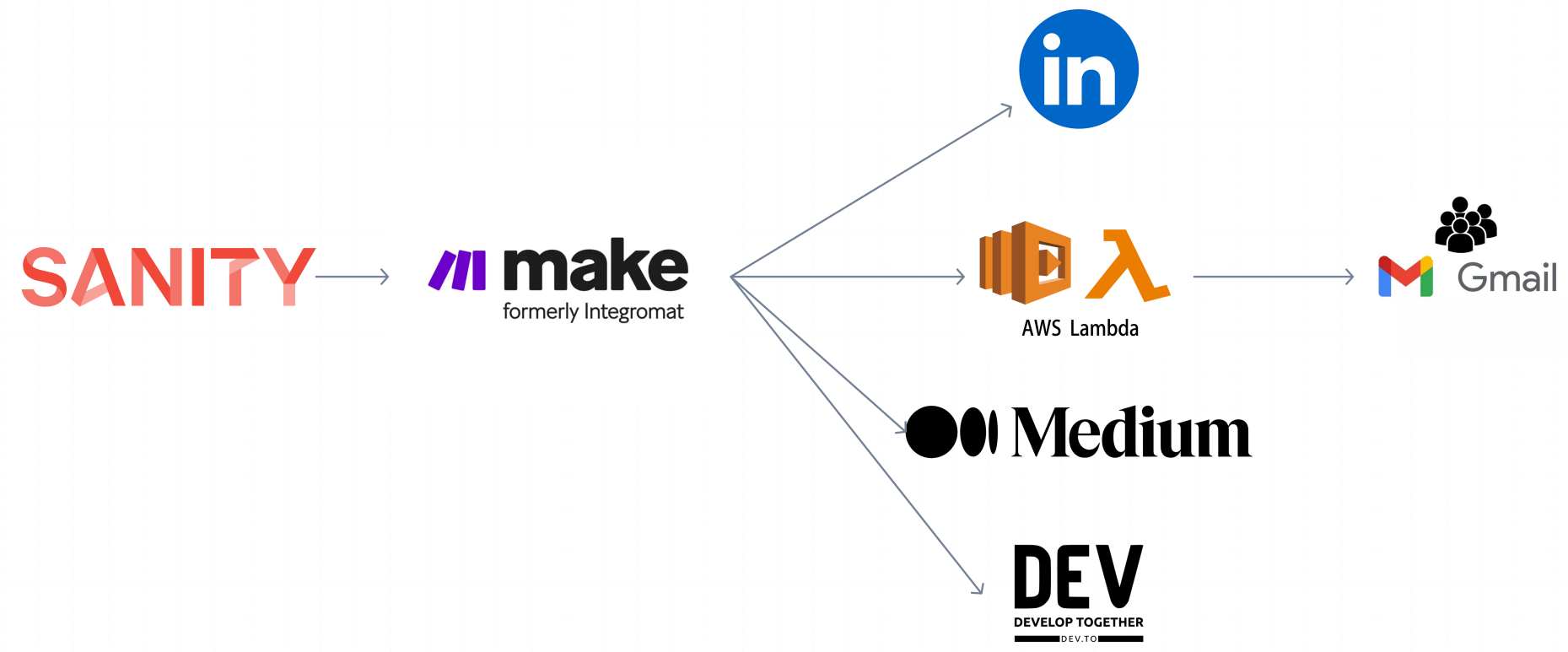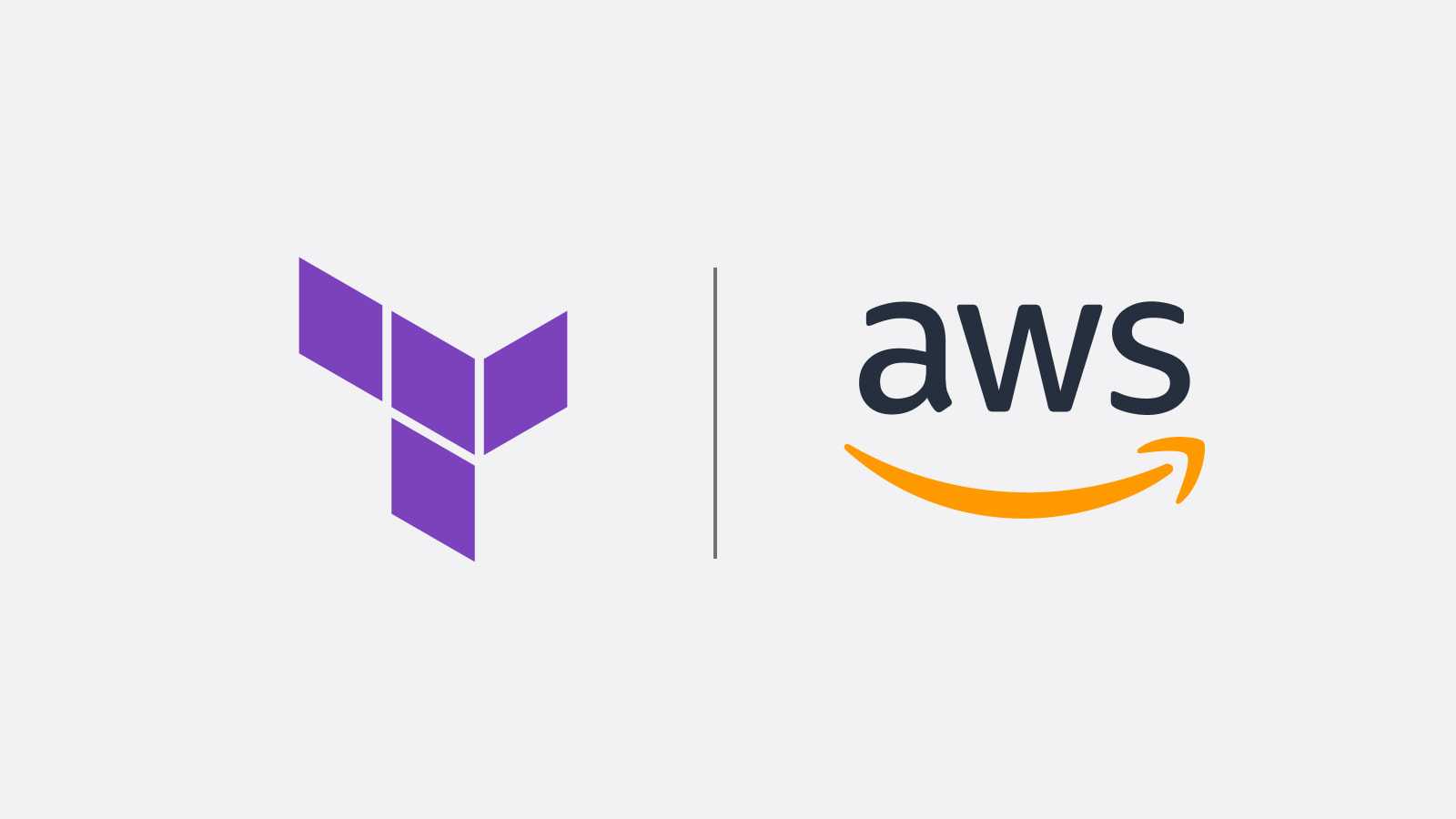In today’s fast-paced world, cloud computing has become a cornerstone of modern technology. But what exactly is cloud computing, and why has it become so essential? Let’s break it down in simple terms and see why it’s a game-changer for businesses everywhere.
What is Cloud Computing?
Cloud computing is like renting instead of buying. Instead of investing in expensive servers and storage, businesses can access these resources over the internet. This means you can use powerful tools and store large amounts of data without needing to own the hardware yourself.
Why Did Cloud Computing Evolve?
The evolution of cloud computing is driven by the need for efficiency, flexibility, and innovation. As businesses grew and technology advanced, the traditional IT model, with its high costs and inflexibility, became a bottleneck. Companies needed a way to scale quickly, innovate faster, and reduce costs – cloud computing was the answer.
The Big Players
Several major companies have become leaders in cloud computing
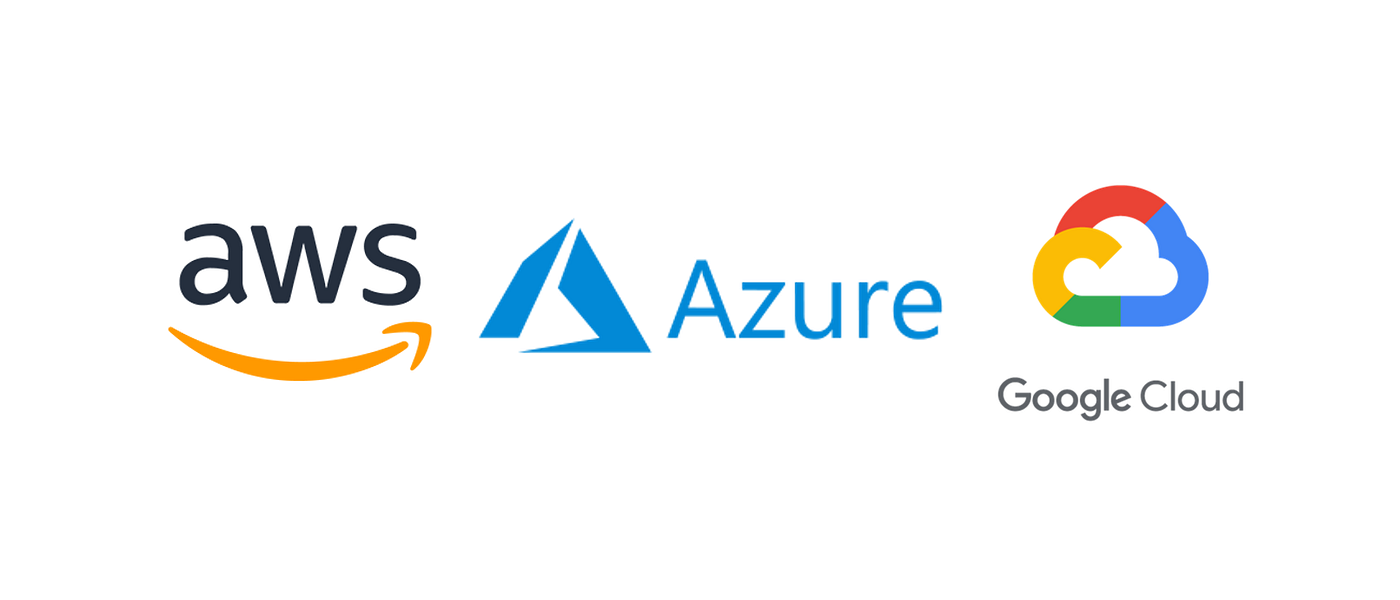
- Amazon Web Services (AWS): The pioneer and largest provider, offering a vast array of services and tools.
- Microsoft Azure: A strong competitor, known for integrating well with Microsoft products.
- Google Cloud Platform (GCP): Known for its strong data analytics and machine learning capabilities.
The Story of AWS
Amazon Web Services (AWS) started as an internal solution within Amazon. In the early 2000s, Amazon’s retail business was growing rapidly, and the company faced challenges with scaling its infrastructure. To solve this, Amazon developed a robust and scalable infrastructure that could handle its massive growth. This led to the idea of offering this infrastructure as a service to other businesses.
In 2006, AWS was officially launched, providing services like computing power and storage on a pay-as-you-go basis. This was revolutionary because it allowed businesses of all sizes to access powerful IT resources without significant upfront investment. Over the years, AWS expanded its offerings to include a wide range of services, from databases and machine learning to analytics and Internet of Things (IoT).
Today, AWS is the largest and most comprehensive cloud service provider, continually innovating and adding new services to meet the evolving needs of businesses worldwide .
Key Benefits of Cloud Computing

- Cost Savings: You only pay for what you use, which eliminates the need for large capital investments in hardware.
- Scalability: Easily scale your resources up or down based on your needs without any delays.
- Accessibility: Access your data and applications from anywhere, at any time, which is perfect for remote work.
- Security: Leading cloud providers offer top-notch security measures, protecting your data from threats.
- Innovation: Cloud platforms offer the tools you need to develop and deploy applications quickly, helping you bring new ideas to life faster.
Types of Cloud Services
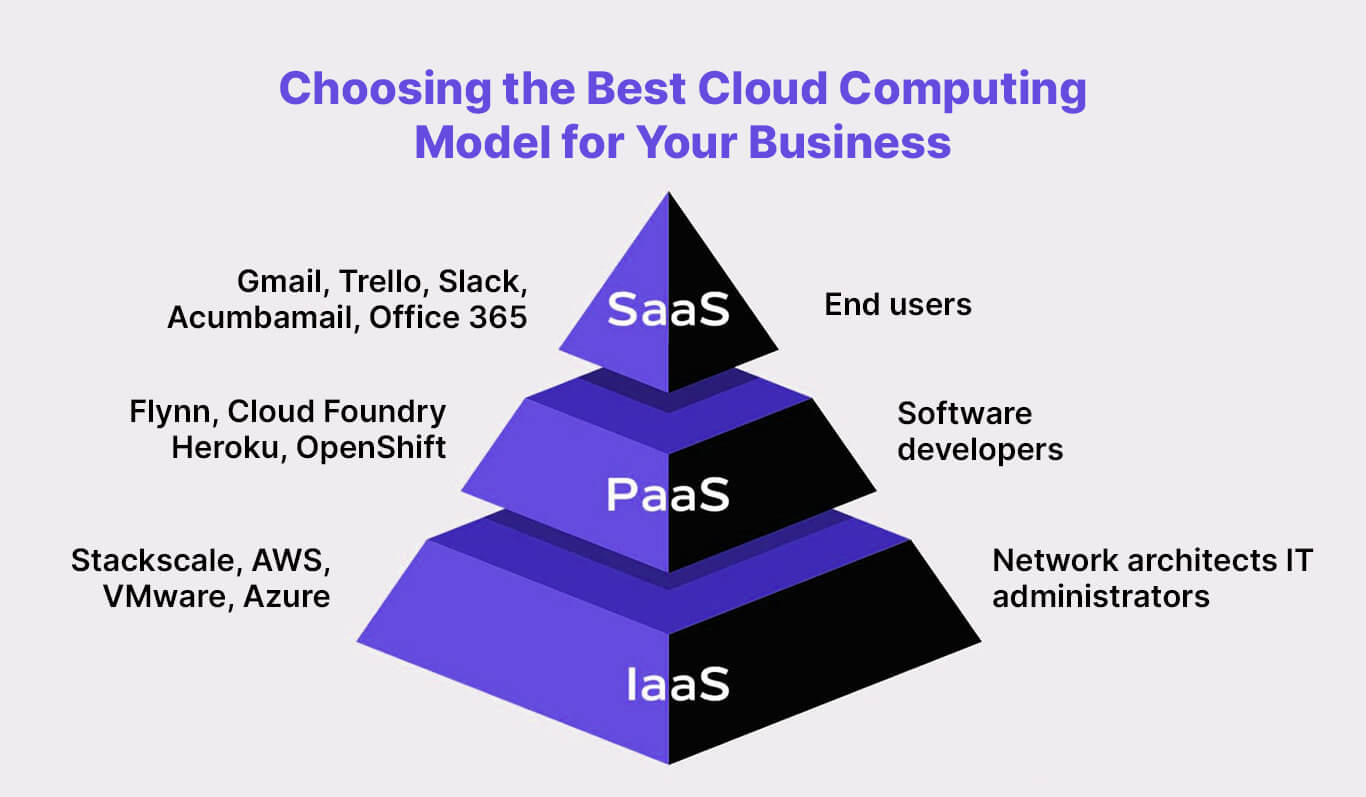
Cloud computing services come in three main types:
- Infrastructure as a Service (IaaS): Rent IT infrastructure like servers and storage.
- Platform as a Service (PaaS): Get a platform to develop, test, and deploy applications.
- Software as a Service (SaaS): Access software applications over the internet, like Google Workspace or Microsoft Office 365.
Cloud computing is transforming the way businesses manage their IT resources, offering numerous benefits such as cost efficiency, scalability, and enhanced security. By understanding the different types of cloud services—Infrastructure as a Service (IaaS), Platform as a Service (PaaS), and Software as a Service (SaaS)—businesses can make informed decisions about how to leverage the cloud to drive growth and innovation.
Deployment Models
Cloud services can be deployed in different ways:
- Public Cloud: Services are delivered over the internet and shared among multiple organizations.
- Private Cloud: Dedicated to a single organization, providing greater control and security.
- Hybrid Cloud: Combines public and private clouds, offering flexibility and optimized performance.
Why Your Business Needs Cloud Computing
Cloud computing isn’t just a tech trend; it’s a vital part of staying competitive. It helps you save money, scale efficiently, improve accessibility, and foster innovation. Whether you’re a small startup or a large enterprise, cloud solutions can help you achieve your goals faster and more effectively.
References
- Google - PaaS vs. IaaS vs. SaaS vs. CaaS: How are they different? website: PaaS-IaaS-SaaS
- Salesforce - Top 12 Benefits of Cloud Computing website: Benefits of Cloud Computing
Learn More and Stay Updated
Interested in learning more about how we build cloud solutions at scale and as a service? Subscribe to our newsletter to stay updated with the latest insights, tips, and best practices in cloud computing. Join our community of developers and tech enthusiasts and get exclusive content delivered straight to your inbox.


